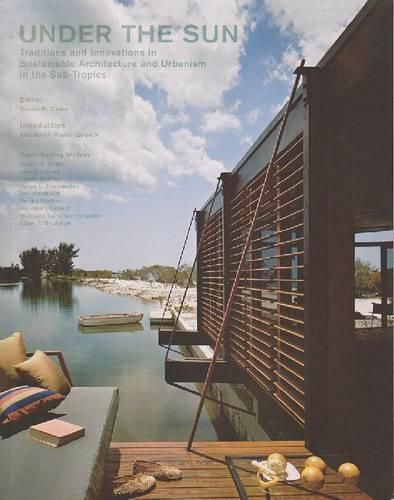Readings Newsletter
Become a Readings Member to make your shopping experience even easier.
Sign in or sign up for free!
You’re not far away from qualifying for FREE standard shipping within Australia
You’ve qualified for FREE standard shipping within Australia
The cart is loading…






South Florida lies in the sub-tropics, latitudes that mediate the tropical equatorial circumference and the hemispheric temperate bands. The southern quarter of peninsular Florida is the only part of the United States that belongs to this global climate belt. The region includes the greater Caribbean basin with its numerous islands and surrounding continental shores that share the characteristics that its buildings respond to-heat, sun, rain, humidity, tropical force winds. Due to concerns about energy use and its carbon after-effects, and a growing understanding of the adaption needed for a warming climate, South Florida is reexamining the relationship between the built and natural environments. Looking to history for experience gained before widespread energy use, the writers of these essays explore the period of South Florida building when there was a recognition by architects that designing with the climate instead of against it could produce a lyrical and unique character that would identify this emerging place and their work in a world of intentionally universal modernism. This knowledge is a continuing inspiration for community and building design as South Florida continues to grow and adapt to its evolving climate.
$9.00 standard shipping within Australia
FREE standard shipping within Australia for orders over $100.00
Express & International shipping calculated at checkout
South Florida lies in the sub-tropics, latitudes that mediate the tropical equatorial circumference and the hemispheric temperate bands. The southern quarter of peninsular Florida is the only part of the United States that belongs to this global climate belt. The region includes the greater Caribbean basin with its numerous islands and surrounding continental shores that share the characteristics that its buildings respond to-heat, sun, rain, humidity, tropical force winds. Due to concerns about energy use and its carbon after-effects, and a growing understanding of the adaption needed for a warming climate, South Florida is reexamining the relationship between the built and natural environments. Looking to history for experience gained before widespread energy use, the writers of these essays explore the period of South Florida building when there was a recognition by architects that designing with the climate instead of against it could produce a lyrical and unique character that would identify this emerging place and their work in a world of intentionally universal modernism. This knowledge is a continuing inspiration for community and building design as South Florida continues to grow and adapt to its evolving climate.